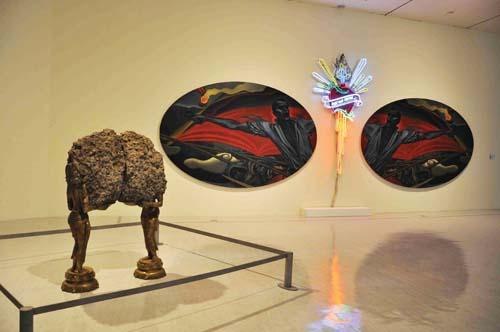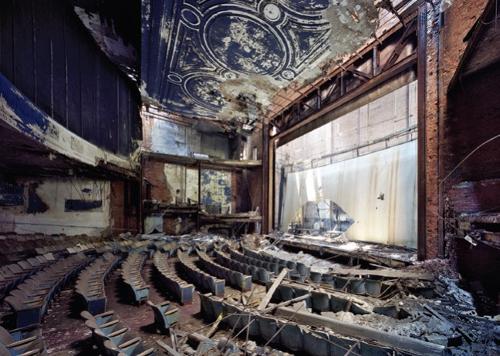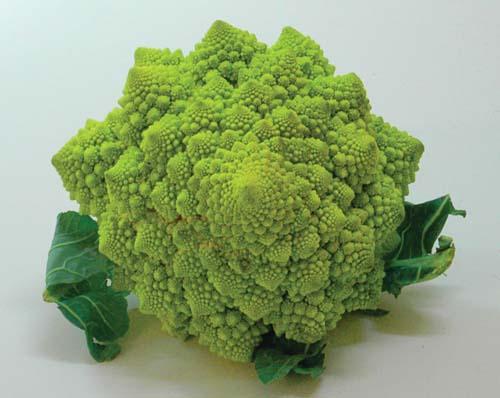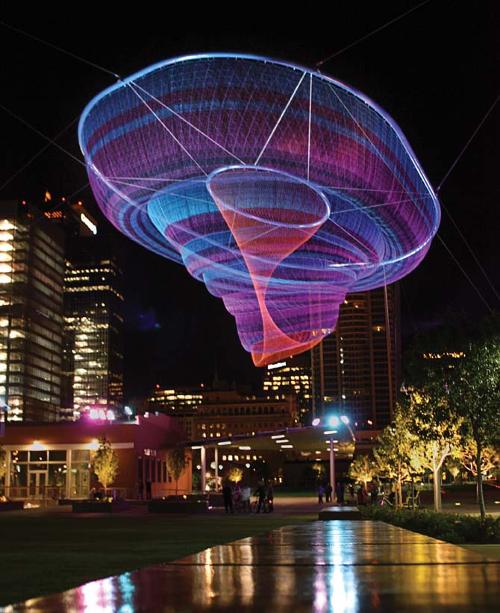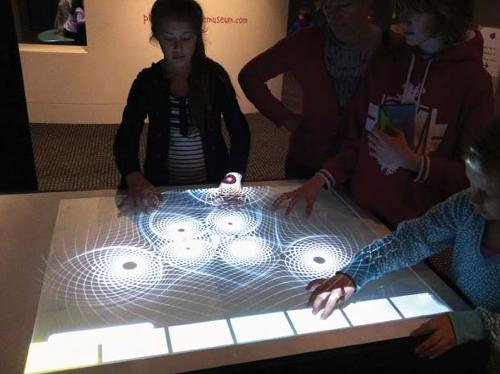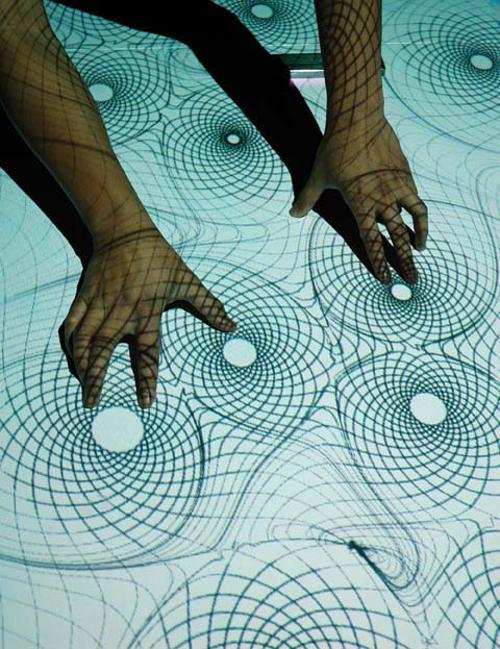.jpg)
We left the Passenger Terminal, my brother and I, in the luggage compartment behind the rear seat of the black Volkswagen. Above us the rear window, an oval of glass, revealed a disorientating perspective. Sky, clouds, lamp-posts and power lines. With craned necks we could see the wake of the road, cars and buildings streaming behind us. My sister laboured the bug up the steep hill to the war memorial above Fremantle. We watched and waited till the ocean liner disappeared over the horizon, our relatives on board... (A reminiscence of a childhood encounter by Ron Nyisztor and Andre Lipscombe with Fremantle Port.)
From another prominent vantage point in Fremantle, Cantonment Hill, harbourmasters also watched, monitoring the vessel's progress from the port’s conning tower. Nineteen sixty-four was the last year this particular facility was used, but by its very position and architectural form it seems never to have been completely abandoned. With the potency of any structure erected high on a hill, the tower continues to draw attention, not least as a striking architectural monument to a bygone era. The hill’s parallel importance as a significant cultural site for Western Australian Aboriginal people, adds another layer of meaning to Andre Lipscombe’s recurring fascination with this site. Revered by local Aboriginals as a resting place of the Nyoongar spirit dingo Doodaroo, the hill acts as an elevated platform from which to chart the approaches to the Swan River.
It’s these multiple signals that Lipscombe has tuned into, charting a personal interpretation that delivers flashes and waves of inspiration, activating an array of complex and meaningful associations.
In the centre of the gallery hang earlier works revealing the beginnings of this focus; keen observations of the tower and vistas of the surrounding landscape. Working on site in the relative seclusion of the bush surrounding the tower, Lipscombe finds space for both contemplation and action. These carefully drawn studies are astutely brought together with found stationery labelsThe Mix Light cardboard and paint on incised plywood panels to construct a multi-layered narrative provoked by the visual sensations of this particular area of the city.
In addition to the views of the conning tower and the vistas from the hill, Lipscombe has repeatedly utilised the motif of a shopkeeper’s price bubble. This discarded motif has been deliberately left empty, a space void of content, a signal without a message. The arrangement of image and sign suggest the possibility of an unfulfilled opportunity, leaving it up to the viewer to construct their own interpretation from the evidence presented.
Like the intersecting references in the imagery, the materiality of the works has many layers. Recycled plywood sheets have been collected and cut to international paper sizes, from A5 and larger, revealing the pragmatic efficiency of his working processes. Drawing on the industrial aesthetic of paint coatings on ships and facilities in the nearby Fremantle Harbour, Lipscombe uses the tools and methods of a commercial painter rather than a fine artist. Applying paint roughly to the boards with a spatula, then sanding back through the layers of colour, he reveals the archaeology of their making. These works, in a variety of scales and formats, combine aerosol stencilling, collage, paint pen drawing and accidental painterly effects.
Several panels include collaged elements of found paper like the blue crocodile skin printed pattern used to embellish the covers of mercantile office ledgers and records. This stationery material becomes ironic when referencing the local Aboriginal Dreaming story of the salt water crocodile which was vanquished at the Swan River mouth, and whose body was used to form a reef across the entrance to the harbour. This reef was blasted to facilitate the opening up of the river and construction of a new harbour at the turn of the 20th Century.
Antiquated control systems are described in Lipscombe’s grafting of found materials. Radio signals, Morse code and the like as generated by the knobs and dials of the signal tower are now redundant in this age of digital communication. Image and process are thoughtfully woven together and conjure up ghosts of Fremantle’s past and present; workers in officialdom, shipping merchants, hopeful migrants, weary tourists or perhaps a weekend graffiti bandit. These works echo the shrill pitch of squealing electric devices but also manifest their failed signals, magnified as dark empty messages set in flat metallic skies.
Appropriately the show is titled BOO! - the sound that precedes the momentary terror and surprise of being caught off guard, usually in a child’s game. Lipscombe is to be commended for his bold leap into the unknown in this new body of work.
Ron Nyisztor/Trevor Richards

